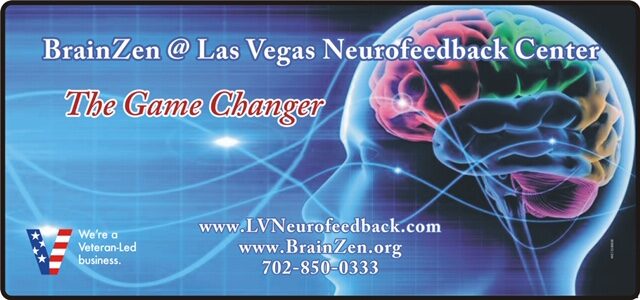General Questions
Neurofeedback is direct training of brain function, by which the brain learns to function more efficiently. We observe the brain in action from moment to moment. We show that information back to the person. And we reward the brain for changing its own activity to more appropriate patterns. This is a gradual learning process. It applies to any aspect of brain function that we can measure. Neurofeedback is also called EEG Biofeedback, because it is based on electrical brain activity, the electroencephalogram, or EEG. Neurofeedback is training in self-regulation. It is simply biofeedback applied to the brain directly. Self-regulation is a necessary part of good brain function. Self-regulation training allows the system (the central nervous system) to function better.
Neurofeedback addresses problems of brain dysregulation. These happen to be numerous. They include the anxiety-depression spectrum, attention deficits, behavior disorders, various sleep disorders, headaches and migraines, PMS and emotional disturbances. It is also useful for organic brain conditions such as seizures, the autism spectrum, and cerebral palsy.
Studies have shown that I.Q. scores generally raise 10 to 20 points after training. This is not because neurofeedback makes people smarter; it simply helps their brains become more efficient and flexible.
It was first discovered in the 1960’s that people could control their brainwave patterns. Because the field was in its infancy, research was conducted at very few institutions. Results were published in highly specialized scientific journals with which health care providers were largely unfamiliar. For these reasons, the possibilities of this powerful tool have not become well known among physicians or the general public. This is now changing. Advances in computer technology have enabled neurofeedback to emerge from the laboratory to become a useful clinical tool in the offices of mental health providers.
What Does Brain-Training Help?
A detailed list of Neurofeedback training in mental health issues
People with ADD can have a variety of symptoms. They can be easily distracted, impulsive, and inattentive However, ADD is not laziness or a psychological problem – it’s a brain problem. Doctors know ADD is not laziness; that’s why they prescribe medications.
Unlike medication, neurofeedback trains the brain, resulting in significant improvement in ADHD/ADD symptoms, With neurofeedback, people can increase self-control and attention. According to health professionals who use neurofeedback in their practices, many clients with ADD/ADHD learn to increase focus, reduce impulsivity, and manage their behavior when they train with neurofeedback on a consistent basis.
We have had success working with clients with brain injuries and those suffering from many types of disabilities. Neurofeedback helps the brain become more efficient so that it works at its best capacity, whatever that capacity might be. If someone’s brain has been injured by a stroke or through surgery, the brain learns to “reroute” signals to create new neuronal pathways.
Neurofeedback works with learning disabilities as well. Brain regions and networks involved with learning (such as word recognition, reading comprehension, expressive language, etc.) can be strengthened, thus improving performance.
